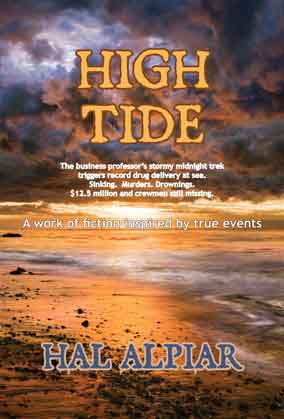Nov 15 2011
BIZ ALPHABET SERIES…”V”
Welcome to the world’s first SMALL BIZ Alphabet Series of blog posts!
“V”…VOLUME
As in “Turn it up!” or “Turn it down!”? A book? Number of patient visits? Amount of sales? Number of decibels your message uses? The major dial on the 4-wheeled boombox next to you at the traffic light? Depends. Are you an entrepreneur?
~~~~~~~
As an entrepreneur, you may periodically plunk all or nearly all into your brain’s search window for updates. Sure, the muscle beach teeny-bopper with his car audio base vibrating 3 blocks away can be annoying, especially when you’re on your cell with a major client, a lawyer or your mother (sometimes indistinguishable!).
And keeping the volume turned up isn’t limited to rap stars, hard rockers, QVC, and your grandfather. Did you ever see or hear a soft-spoken, low volume car dealership commercial?
(Okay, maybe –maybe– for something like the 1931 Bugatti Royale Kellner Coupe, which was sold for $8,700,000 in 1987, where we can figure that anybody with a gazillion dollars to spend on a car probably won’t respond well to shouts, y’think?)
But it’s important to remind your marketing and/or salesperson or team (and yourself, anytime you give a presentation) that in the same type of “actions speak louder than words” context, w~h~i~s~p~e~r~s can speak louder than SHOUTS! They serve to seize the moment! Sales stage presentations are famous for this technique.
It’s all about getting prospects, customers, audiences to sit up on the edges of their seats and listen hard.
Applied to packaging, I once discovered that every brand product in a particular section of the supermarket has a red and gold package–every one. I succeeded in talking my smaller, lesser known client into whispering with black and white packaging, which in a sea of red and gold, visually popped off the shelf into big-time POP sales.
Volume, then, is also visual, and it includes appearance when you’re in sales (and who isn’t?). Dressing conservatively helps salespeople keep prospect’s attention on the goods or services. Flamboyant clothing, jewelry, hair and makeup styles distract from the message. Save the Hawaiian shirt for weekends on your yacht.
Now, since doctors are a different breed of entrepreneurial animal altogether, it’s no wonder that their primary business focus is on growing patient volume. After all, doctors have no inventory, no one else (besides perhaps other doctor partners) they can pass patients off to for diagnostics and treatment (except referrals).
So the goal is to keep pushing for increased “volume” (in case you’ve wondered about that sitting in a healthcare waiting room with 20 other people waiting to see one doctor for 12 minutes!). Doctors have gotten better at delegating but there is a magic breaking point where reimbursements don’t cover added staff services.
Oh, and sales volume? A good thing, generally, but not always a good thing. Depends on the nature of your business. Ask your accountant about this. Too much volume can overwhelm ability to deliver the goods, and distract from the focal point of your business or marketing strategy.
Yes, and Volumes have been written about how to reach out and grab a customer, a prospect, but the bottom line is that if your marketing messages fail, your business fails. Take a hard look at the words you’re using. Decide whether your ads grab, win, lurk or suck? Do they just win a lot of meaningless awards, instead of sales?
# # #
FREE blog subscription: Posts RSS Feed
Hal@Businessworks.US 302.933.0116
Open Minds Open Doors
Many thanks for your visit and God Bless You.



